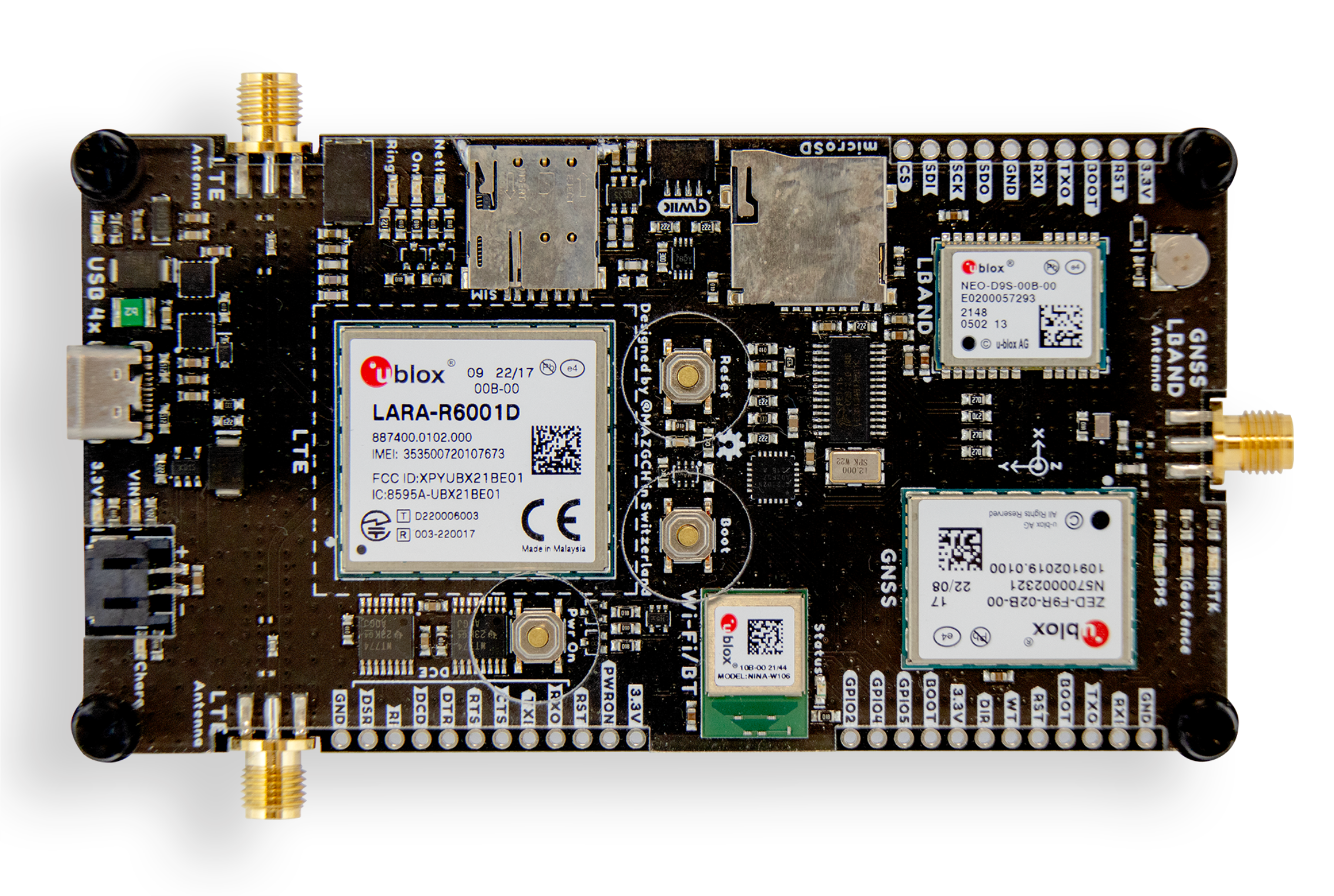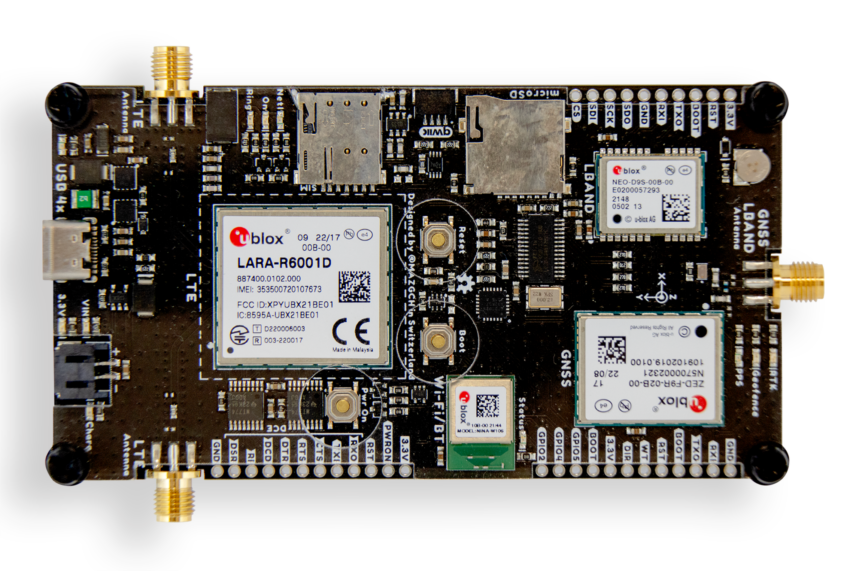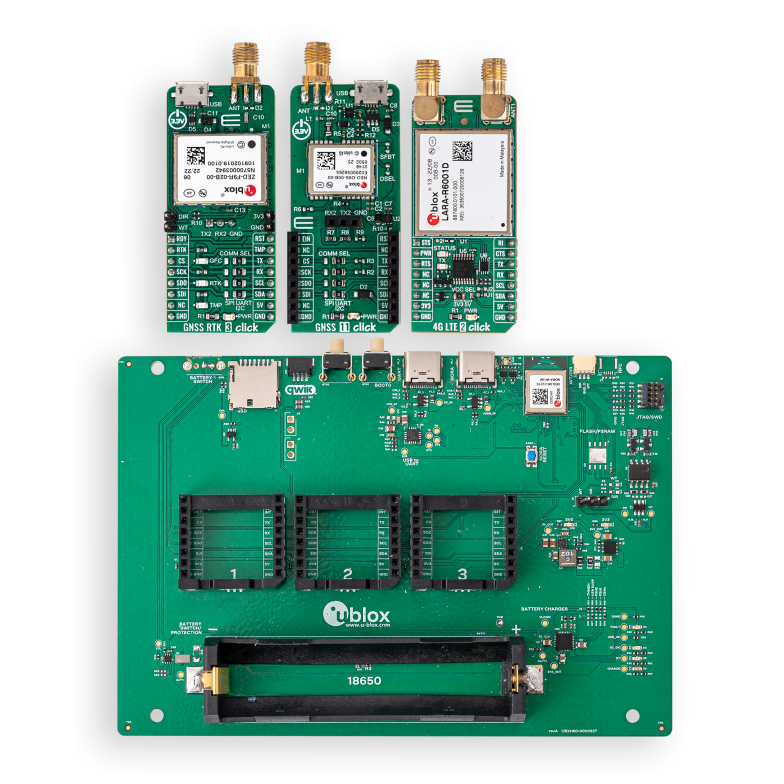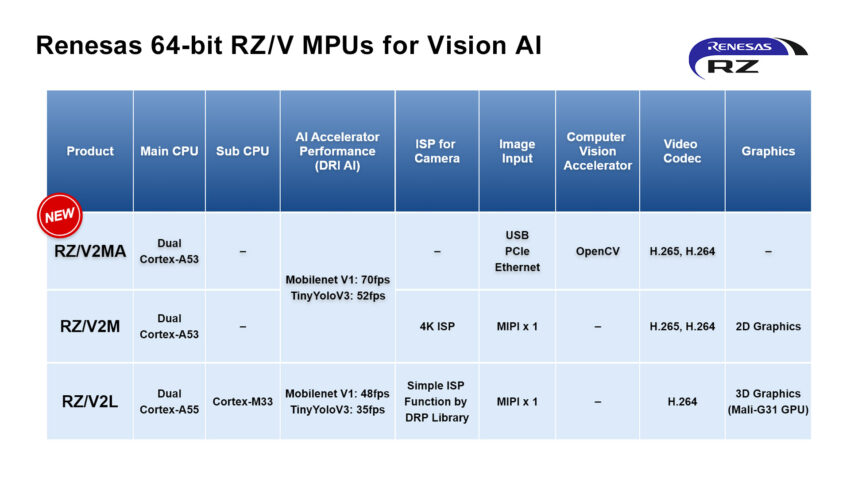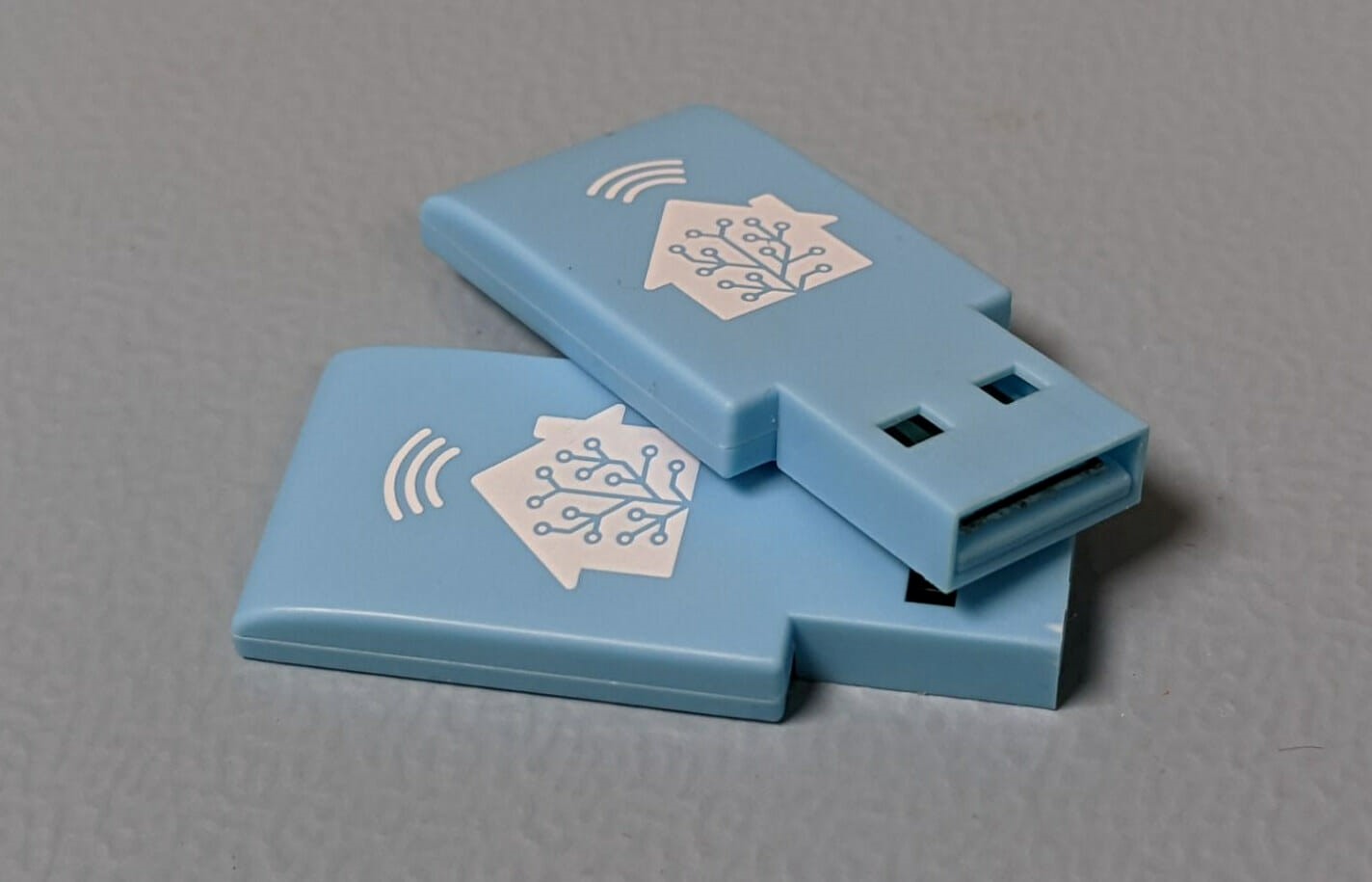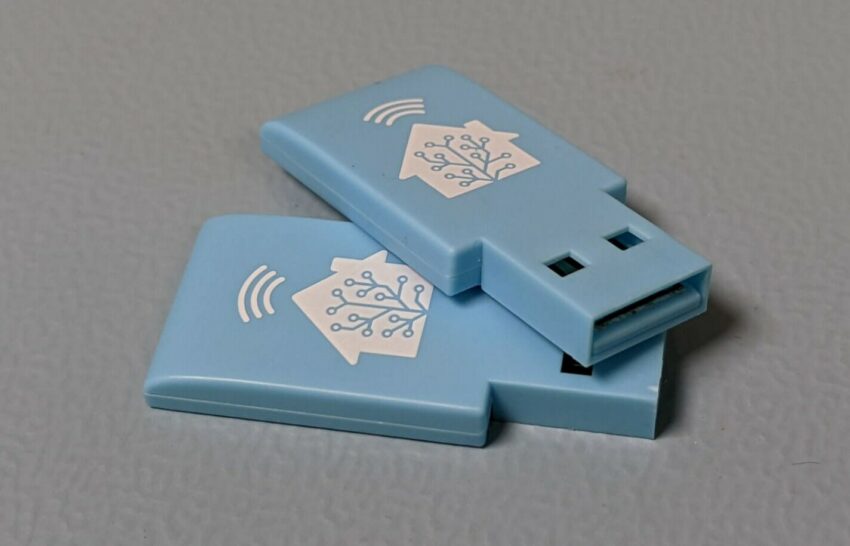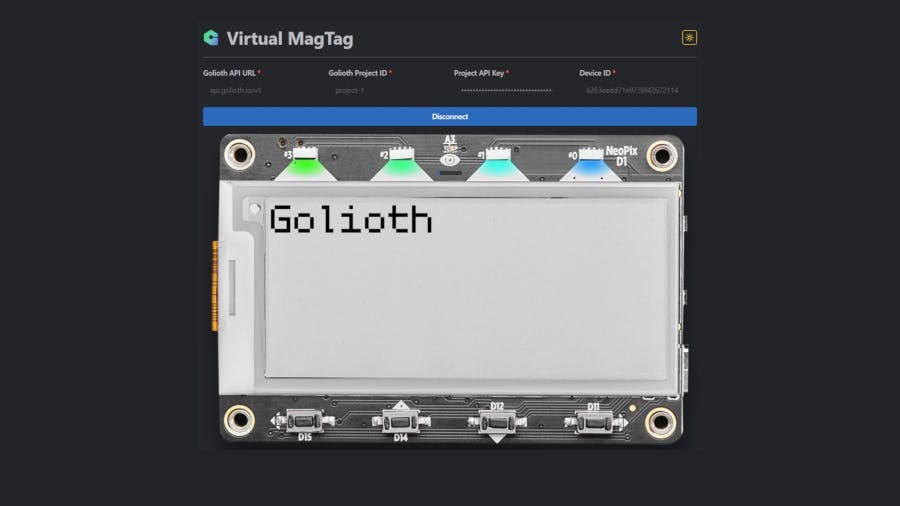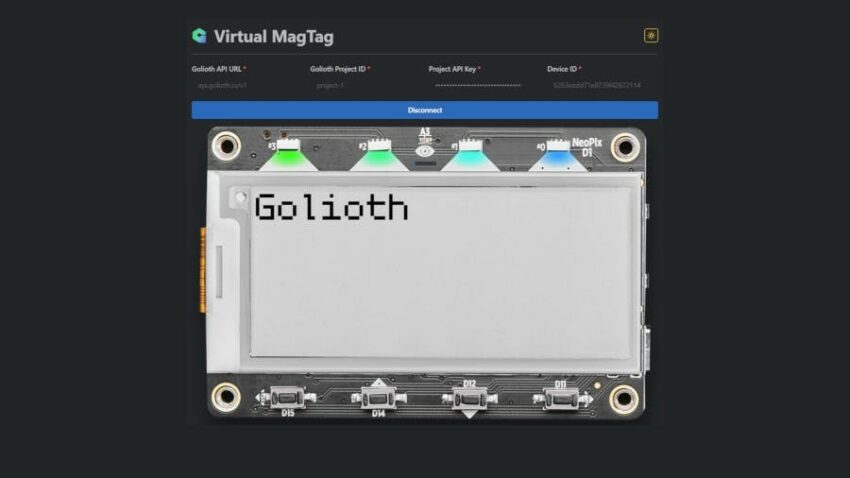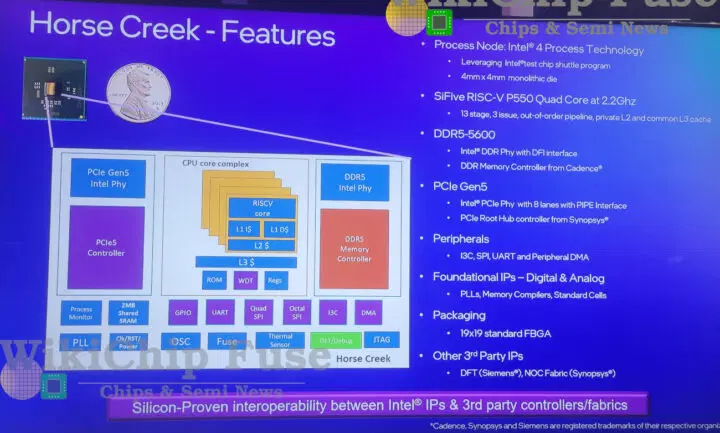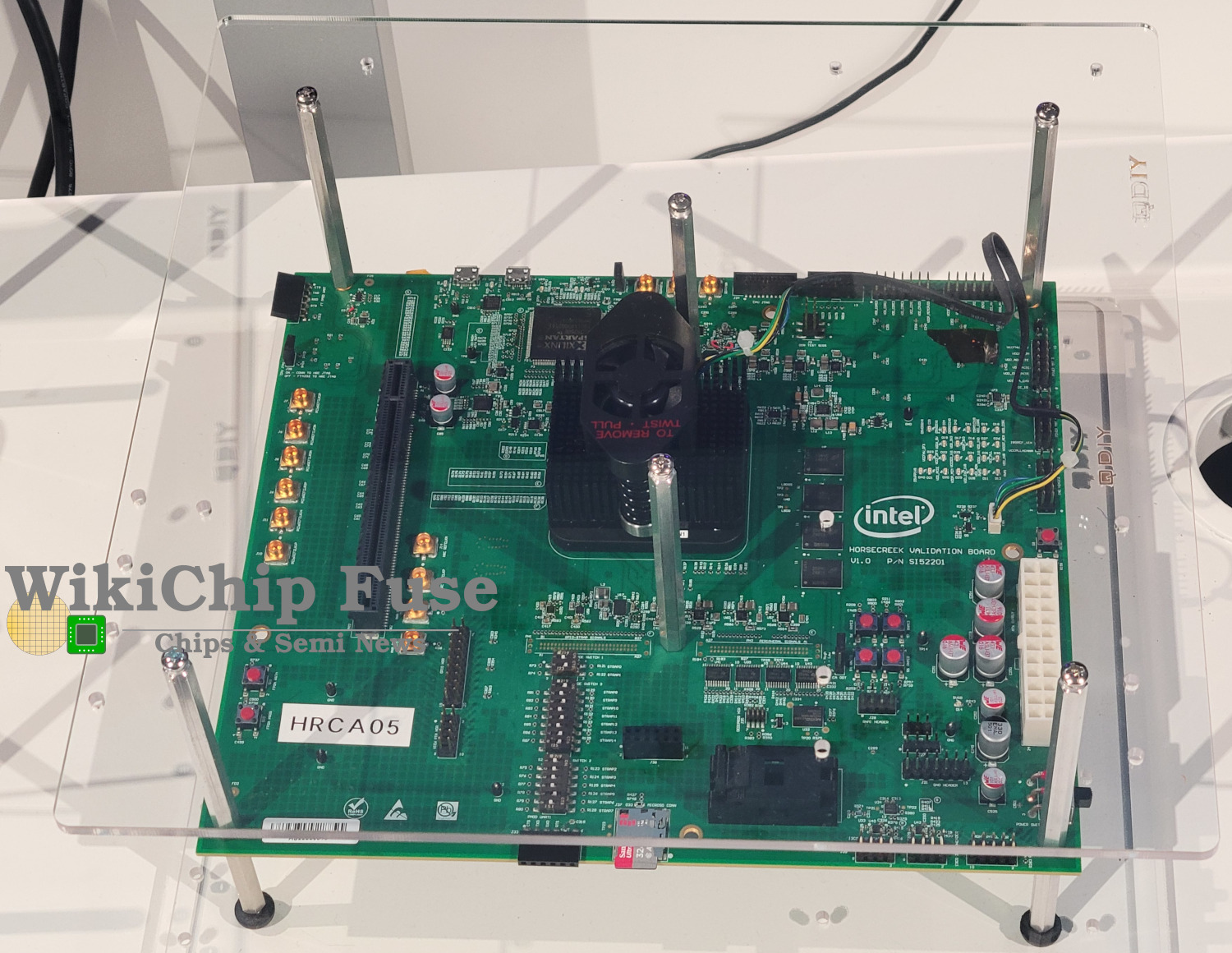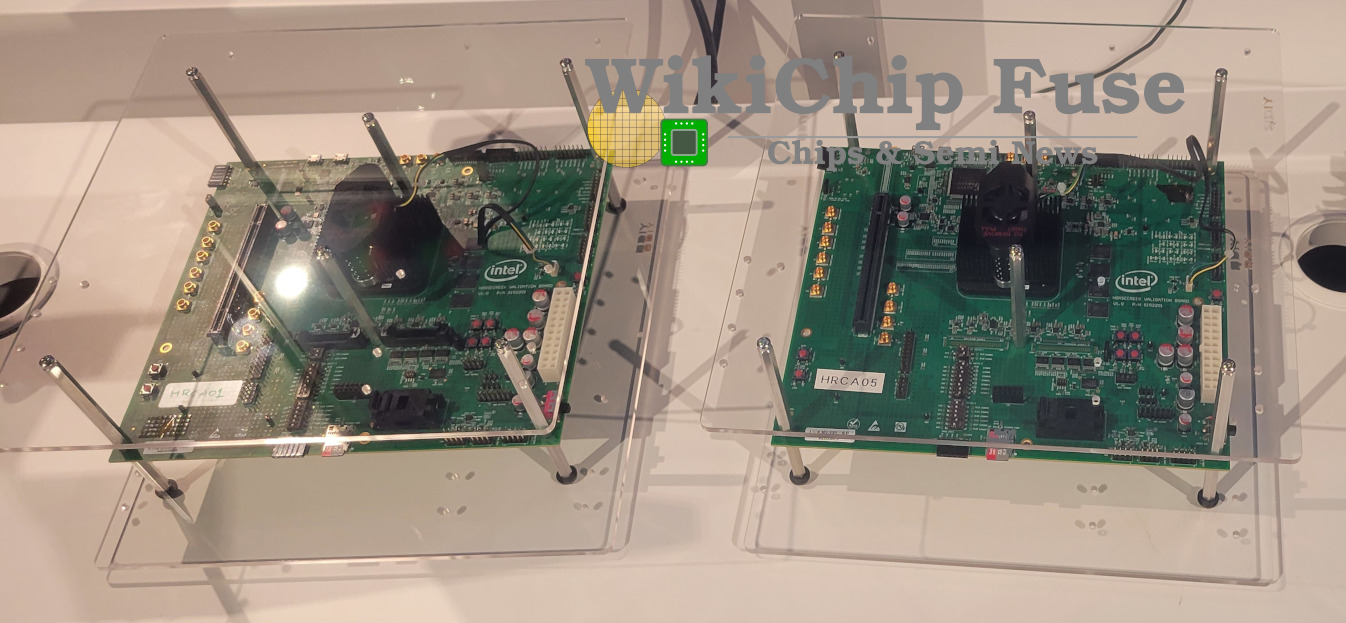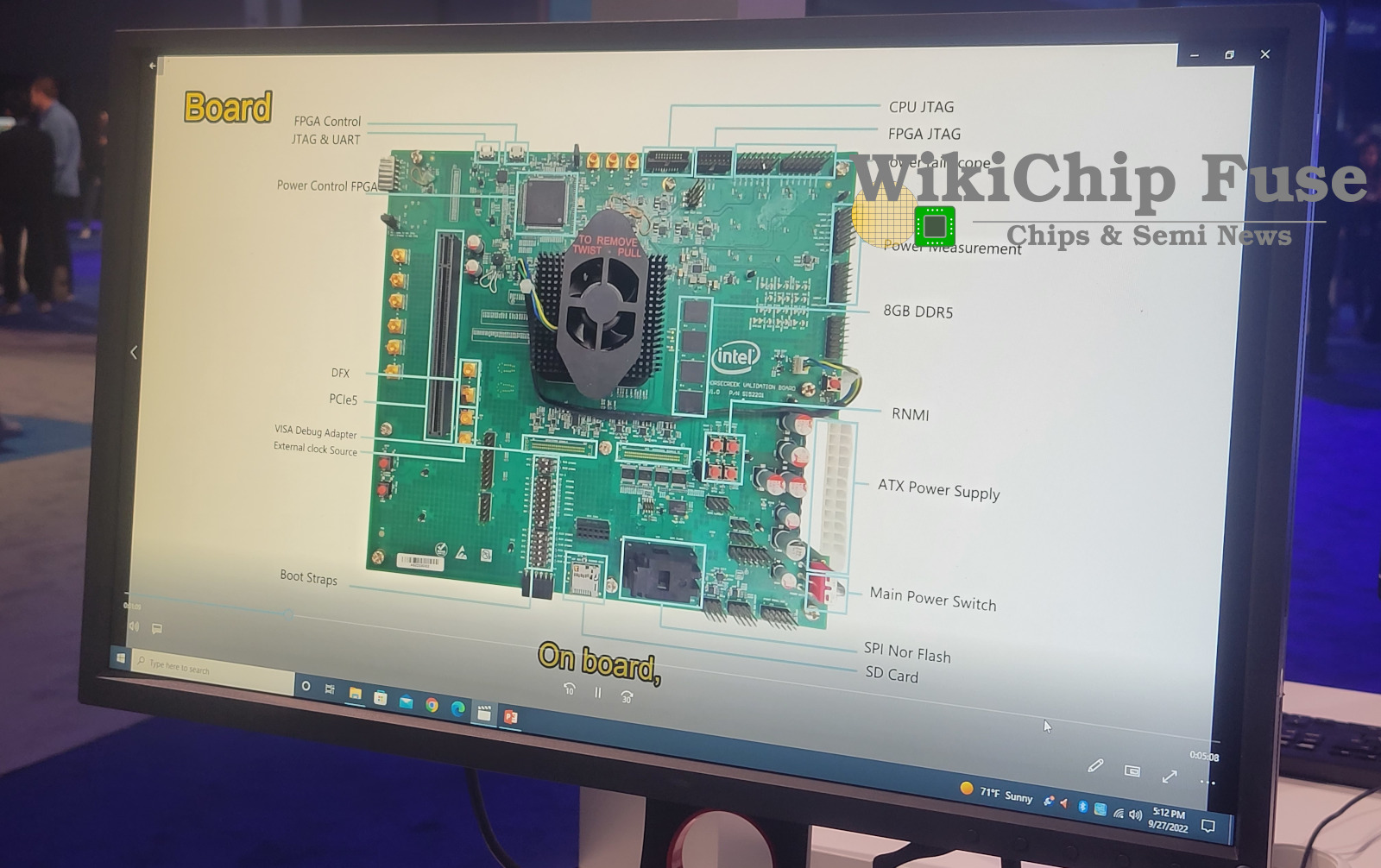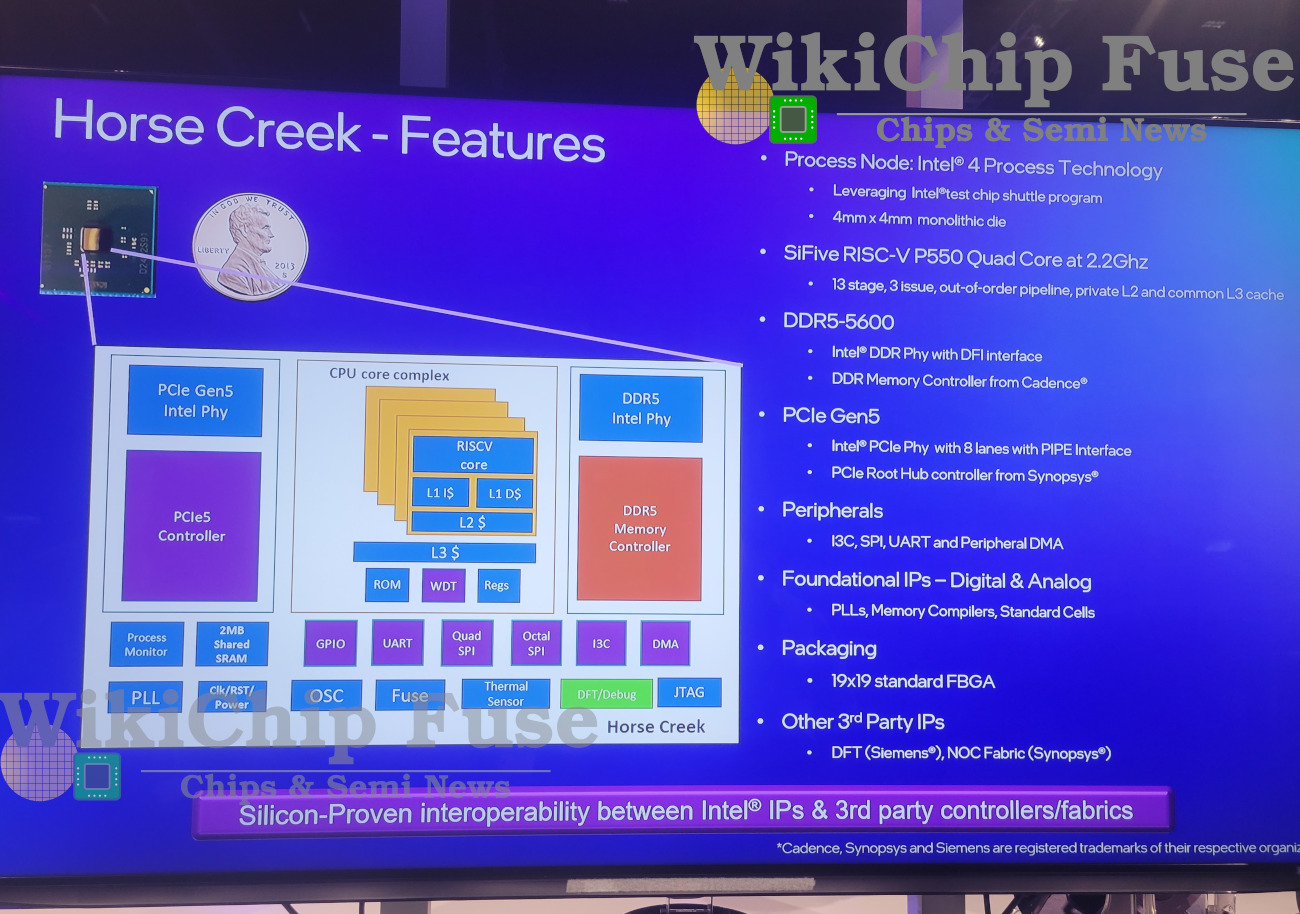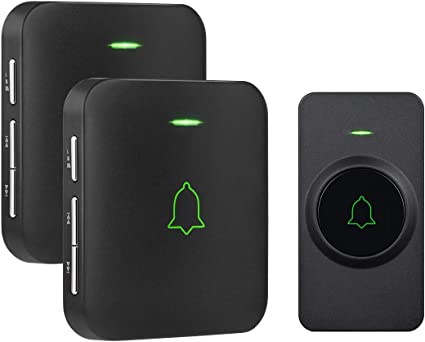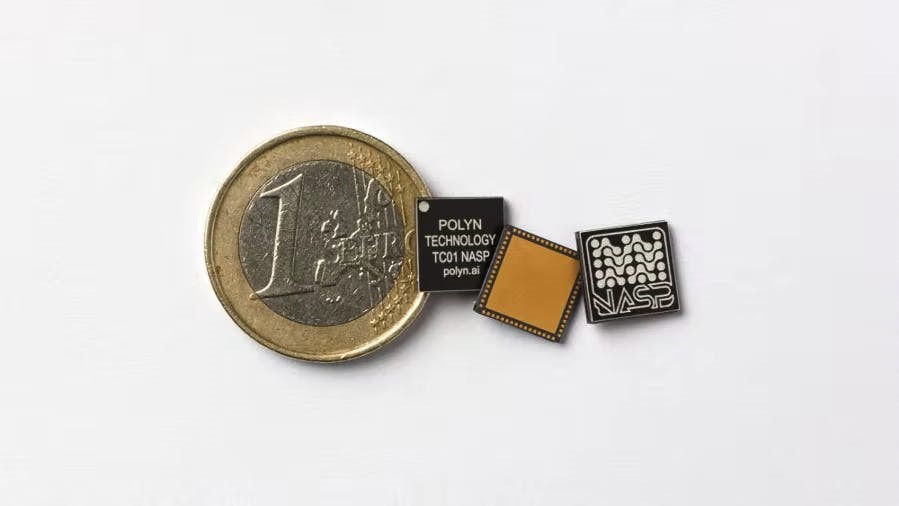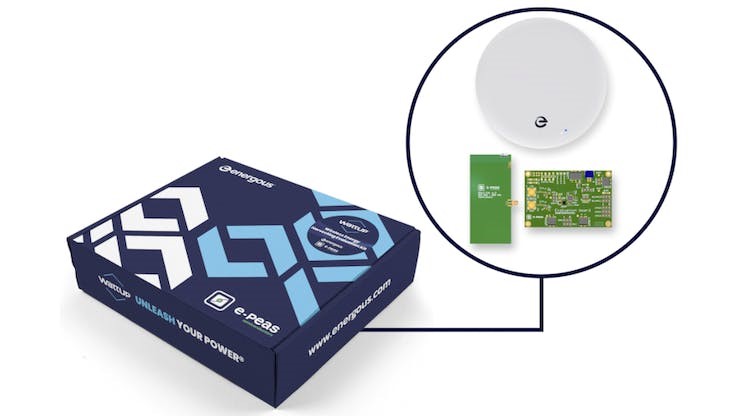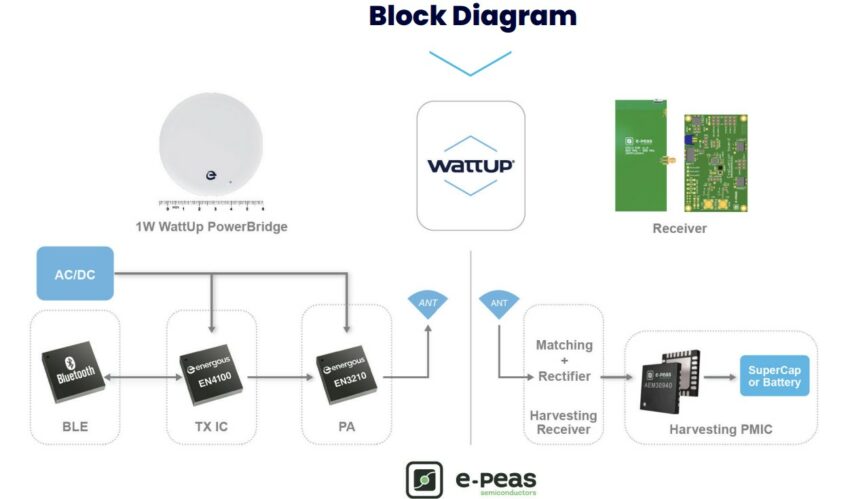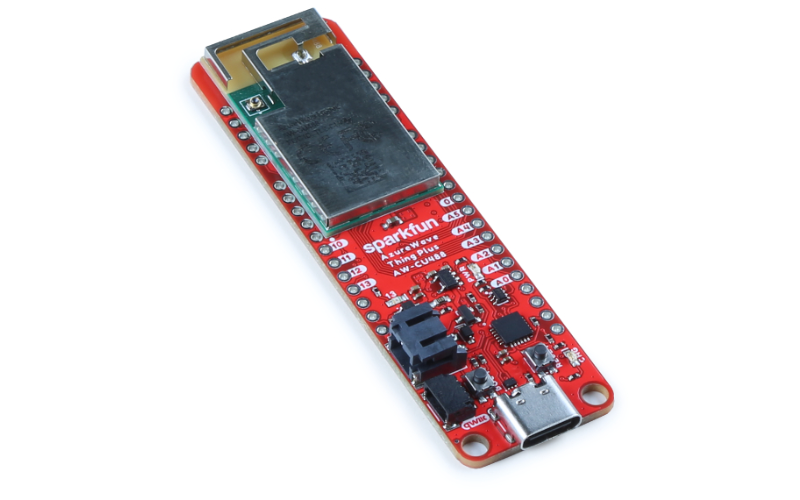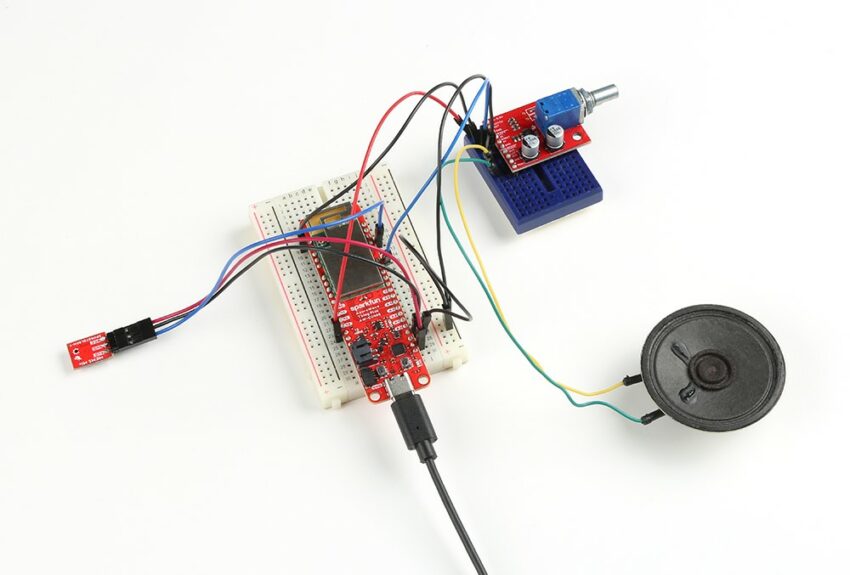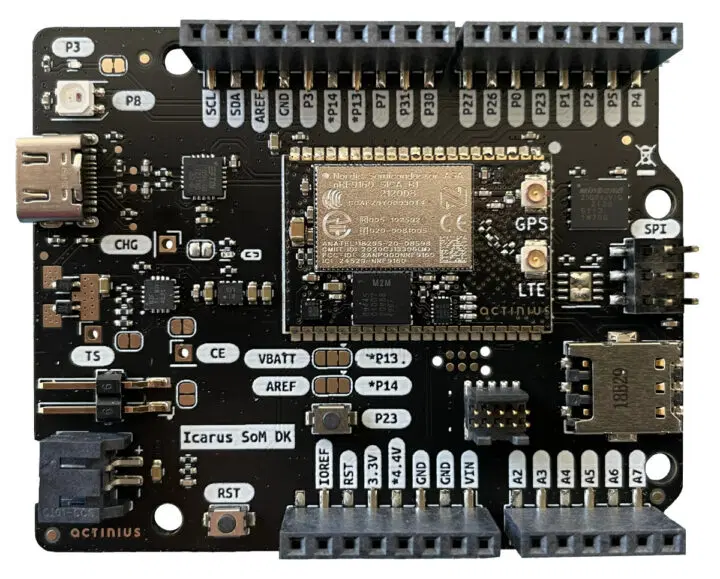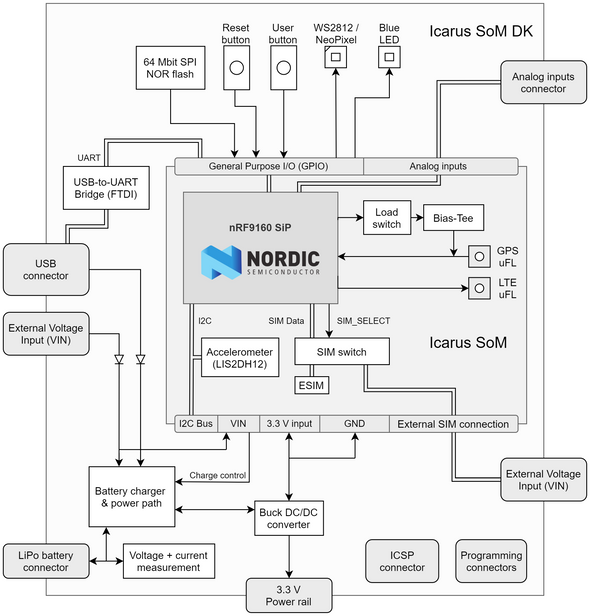U-Blox, a Swiss embedded electronic device manufacturer, has announced the launch of explorer kits for easy prototyping and faster time to market. The explorer kit is designed to evaluate applications that require centimeter-level positioning capabilities. The XPLR-HPG-1 and XPLR-HPG-2, high-precision GNSS positioning devices feature real-time kinematics, dead reckoning, cellular, Wi-Fi, and Bluetooth communication.
Both the explorer kits are designed to be easily integrated with the company’s complementary services, such as PointPerfect GNSS augmentation service, and the ubxlib software component. The PointPerfect GNSS augmentation service gives 3 to 6-centimeter accuracy and convergence within seconds. Low-bandwidth data reduces transmission costs and offers 99.9 percent uptime availability through the internet and L-band satellites. The ubxlib simplifies developer experience for rapid application development. This is a portable, open-source C library that is available on GitHub and offers seamless integration of product features and cloud services.
“Centimeter-level positioning accuracy is becoming increasingly important for both consumer and industrial applications. It relies on getting GNSS technology working hand-in-hand with wireless communication capabilities to link in with augmentation data services such as PointPerfect.
The XPLR-HPG-1 explorer kit is based around the U-Blox NORA-W106 wireless microcontroller that offers rich wireless connectivity through Wi-Fi and Bluetooth LE capabilities. As part of the explorer kit, the manufacturer has provided users with three MIKROE click boards– the ZED-F9R high-precision RTK GNSS module, the LARA-R6001D LTE Cat 1 module, and the NEO-D9S L-band correction data receiver module. Meanwhile, the XPLR-HPG-2 explorer kit incorporates the NINA-W106 microcontroller with the same wireless connectivity as the other module.
As mentioned earlier, the explorer kits can be used for centimeter-level positioning because the GNSS receiver provides an initial position reading, which is then refined using correction data from the PointPerfect service. U-Blox has aimed to make the process as simple as possible for design engineers, providing them with all the required technologies and services in a unified solution.
“Our aim with these new kits is to make the process as simple as possible for design engineers, by providing all the key technologies and services in one place. This will enable them to create rapid proofs of concept of their solutions, and ultimately get the finished product into customers’ hands more quickly.”
For more information, take a look at the press release.
The new kits will be available in early 2023. Engineers can find out more on the XPLR-HPG-1 and XPLR-HPG-2 pages on the u-blox website.


